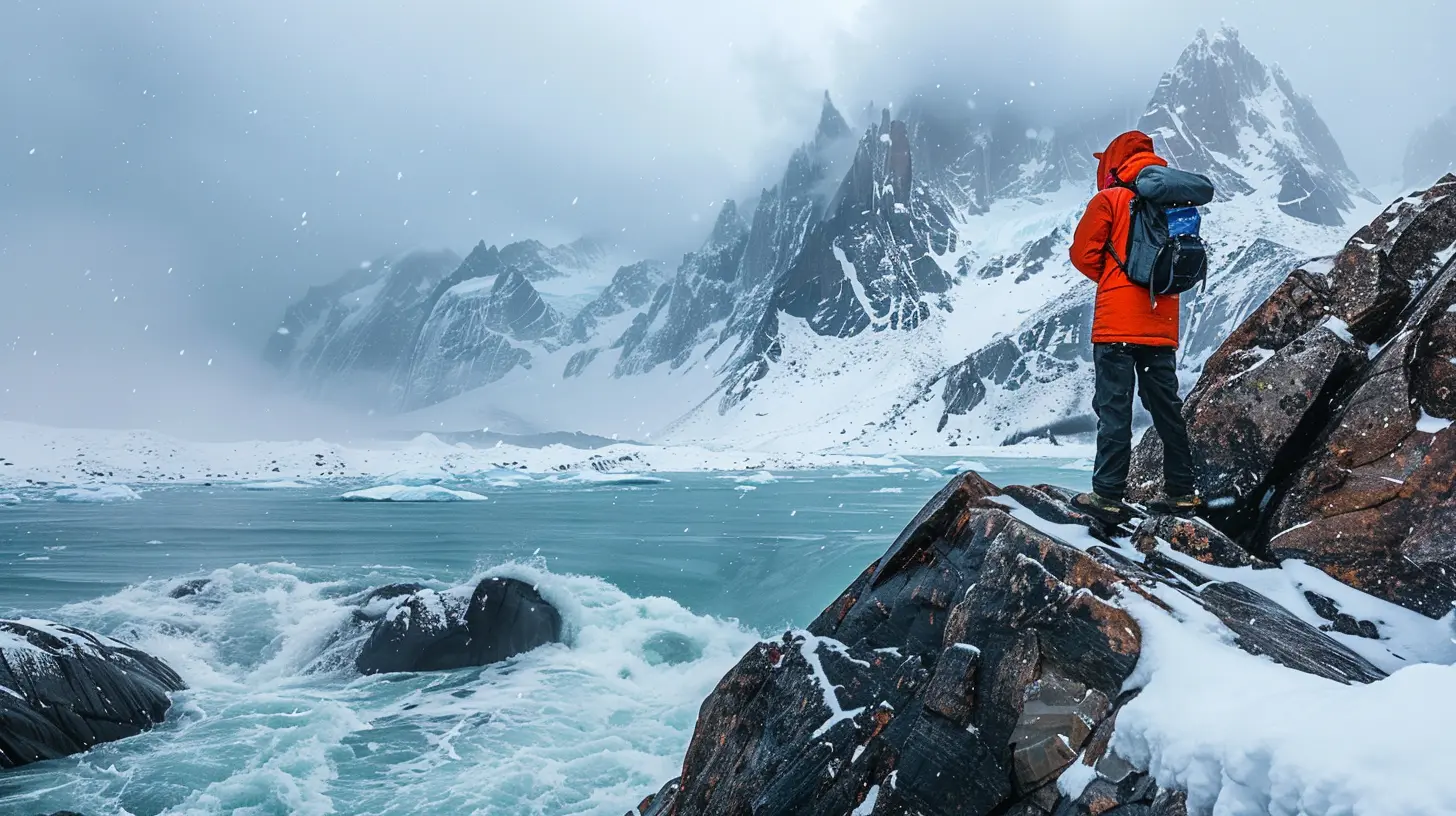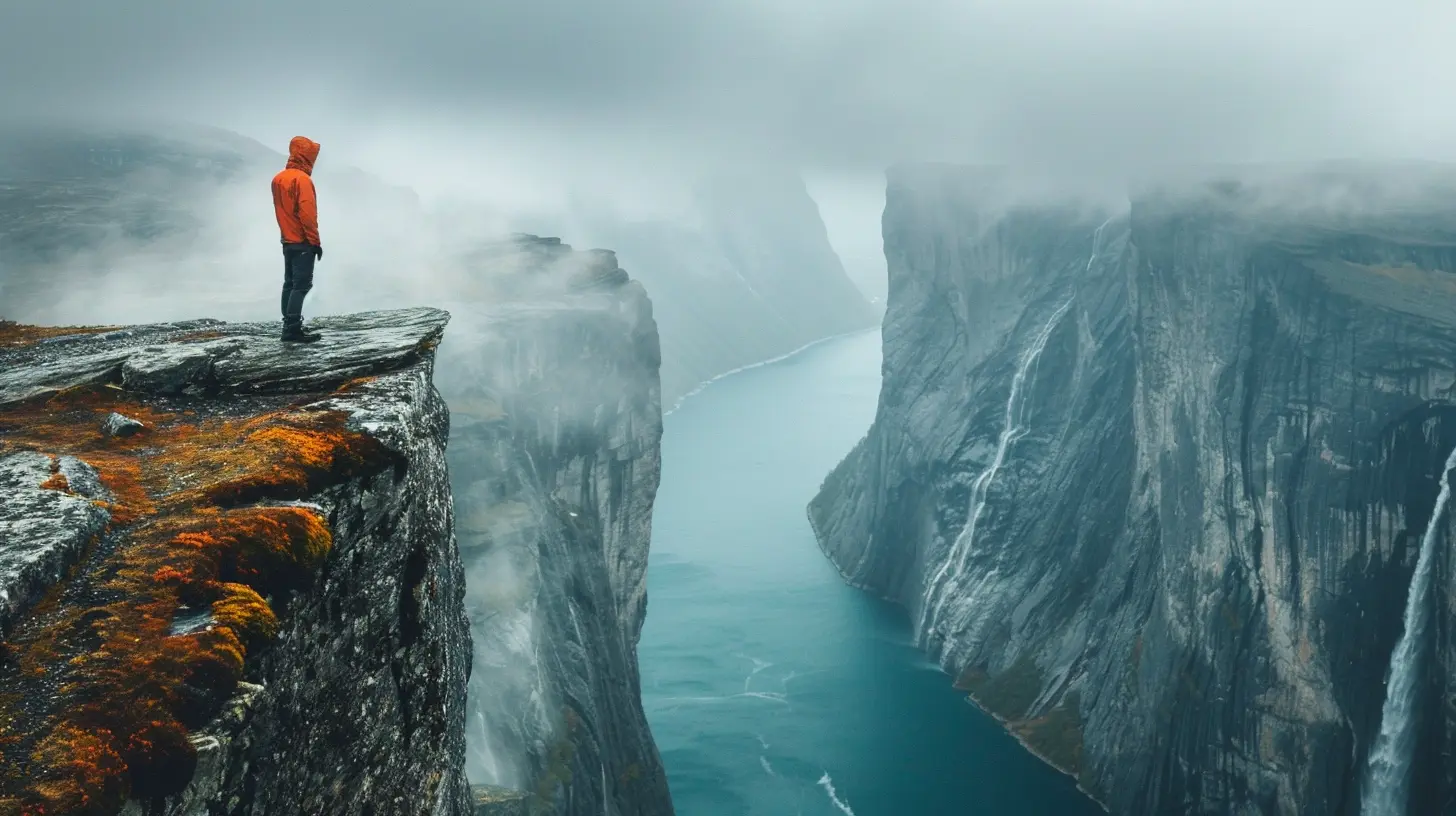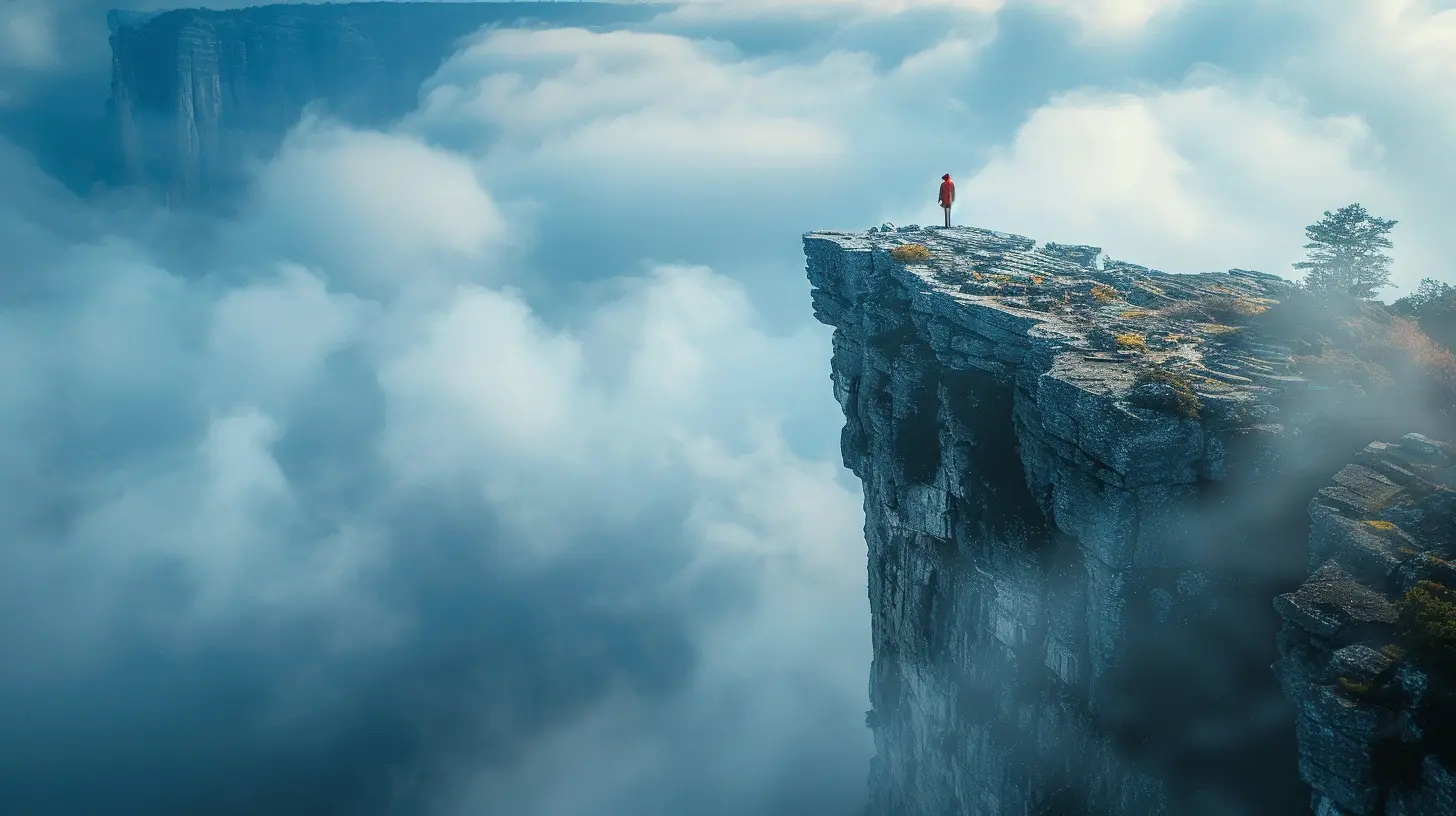Adventure Photography: Shooting on the Edge in Extreme Conditions
21 August 2025
Ever stared in awe at a breathtaking adventure photo, wondering what it took to capture such a heart-pounding moment? Adventure photography isn’t just about clicking the shutter at the right time—it’s about pushing limits, battling unpredictable elements, and risking comfort (sometimes even safety) to bring home epic shots.
From freezing mountaintops to scorching deserts, adventure photographers brave extreme conditions to capture the raw beauty of the world. But how do they do it? Let’s dive into the challenges, techniques, and gear that make shooting on the edge possible.
The Challenges of Adventure Photography
Shooting in extreme conditions isn't for the faint-hearted. Whether it's the biting cold of the Arctic or the suffocating heat of a desert, photographers face brutal elements. Here are some common challenges:1. Harsh Weather Conditions
Weather is unpredictable, and extreme climates can wreak havoc on both the photographer and their gear. In cold environments, cameras struggle with battery life, while in humid jungles, condensation fogs up lenses. In the sweltering heat of a desert, sand gets everywhere—into your camera, into your shoes, even into places you didn’t think possible.2. Physical Endurance
Adventure photography isn’t a walk in the park. It demands physical endurance, whether you’re hiking miles to reach a remote peak, diving beneath icy waters, or clinging to the side of a cliff. It’s not just about taking the shot—it’s about surviving the journey to get there.3. Equipment Struggles
Your camera might be tough, but extreme conditions will test its limits. Freezing cold saps battery life quickly, high humidity can cause malfunctions, and high-altitude conditions affect autofocus accuracy. Not to mention, carrying heavy gear in the wild adds another layer of difficulty.4. Safety Risks
From avalanches to sudden storms, adventure photographers deal with real dangers. A single misstep in the wrong location can mean serious injury—or worse. The risk factor is high, which is why preparation is crucial.
Essential Gear for Extreme Photography
Surviving and thriving in extreme conditions isn’t just about skill; it's also about having the right tools. Here’s the gear that separates amateurs from pros in adventure photography.1. A Rugged Camera and Lenses
Not all cameras are built for the wild. Adventure photographers often opt for weather-sealed DSLR or mirrorless cameras that can endure rain, dust, and extreme temperatures. Popular choices include:- Canon EOS R5 – Great for high-resolution shots and durability.
- Nikon Z9 – A beast when it comes to handling rough conditions.
- Sony A7R IV – Lightweight yet powerful, making it ideal for travel photography.
2. Protective Gear for Your Camera
A camera is only as good as its condition. Carry waterproof cases, UV filters, and lens hoods to shield against the elements. In extreme cold, wrapping your camera in insulation helps maintain battery life.3. Tripod Built for the Wild
A flimsy tripod won’t survive gale-force winds or rocky terrains. Carbon fiber tripods are lightweight yet sturdy, making them the preferred choice for adventure shooters.4. Plenty of Batteries and Memory Cards
Extreme cold kills batteries fast, and running out of storage mid-adventure is a photographer’s nightmare. Always pack extras—because the last thing you want is to miss the shot of a lifetime.5. Clothing for Survival
Your camera isn’t the only thing that needs protection. Layering up in cold climates or wearing moisture-wicking fabrics in hot environments keeps you comfortable and prepared.
Techniques for Capturing the Perfect Adventure Shot
Having the right gear is one thing, but nailing the shot? That’s another challenge altogether. Here are some pro tips:1. Anticipate the Action
Adventure photography often involves fast-moving subjects—think rock climbers, surfers, or mountain bikers. Instead of reacting to the moment, anticipate movements and position yourself accordingly.2. Use Burst Mode for Fast Action
When shooting high-speed action, your camera’s burst mode is your best friend. By taking multiple shots in quick succession, you increase the chances of capturing the perfect moment.3. Embrace Natural Light
In extreme conditions, artificial lighting isn't always an option. Learning to work with natural light—whether it’s the golden glow of sunrise or the eerie illumination of snow—adds depth and drama to your shots.4. Composition Matters
The best adventure shots tell a story. Use leading lines, the rule of thirds, and depth to create dynamic compositions that draw the viewer into the action.5. Play with Perspective
Sometimes, the best shot isn’t from eye level. Try shooting from low angles to enhance drama, or use a drone for breathtaking aerial perspectives.6. Capture Emotion and Scale
A lone climber against a vast mountain or a kayaker battling monstrous waves—these compositions emphasize scale and make viewers feel the adventure.
Staying Safe While Shooting in Extreme Conditions
Adventure photography isn’t just about getting the best shot—it’s also about making it home safely. Here are some essential safety tips:1. Plan and Prepare
Weather can change in the blink of an eye. Check forecasts, understand the terrain, and always have a backup plan in case things go sideways.2. Travel Light (But Smart)
Carrying excessive gear will slow you down. Pack only the essentials and use multi-purpose equipment to minimize weight.3. Know Your Limits
Pushing boundaries is part of adventure photography, but knowing when to stop is just as important. No shot is worth risking your life.4. Bring Emergency Supplies
A first-aid kit, GPS, extra food, and a multi-tool can be lifesavers in remote locations. It’s better to be over-prepared than caught off guard.The Thrill of the Shot
At the end of the day, adventure photography is about more than just pictures—it’s about the stories, the adrenaline, and the moments that make you feel alive. Every frozen toe, every sunburn, and every blister is worth it when you capture that one perfect shot.So, if you’re thinking about taking your photography to the extremes, go for it. Push your limits, embrace the wild, and let your lens capture the adventure.
Because sometimes, the best shots come from the edge.
all images in this post were generated using AI tools
Category:
Travel PhotographyAuthor:

Winona Newman
Discussion
rate this article
1 comments
Samuel Smith
What an inspiring read! Your passion for capturing the thrill of adventure in extreme conditions truly shines through. These tips will surely encourage many to embrace their adventurous side!
August 28, 2025 at 4:38 PM

Winona Newman
Thank you so much! I'm thrilled to hear you found it inspiring. Embracing adventure is what it's all about!


